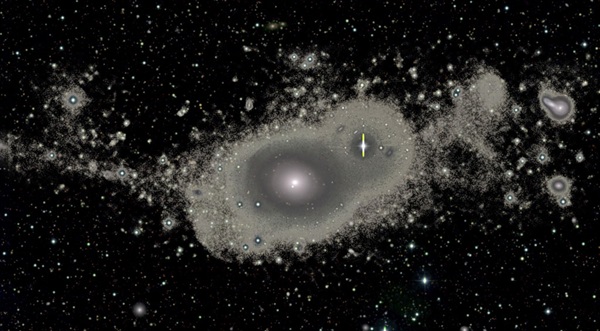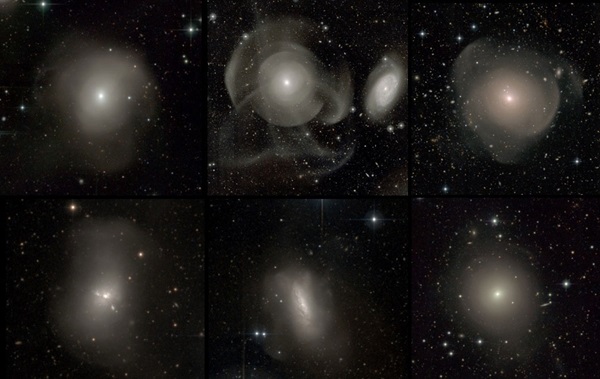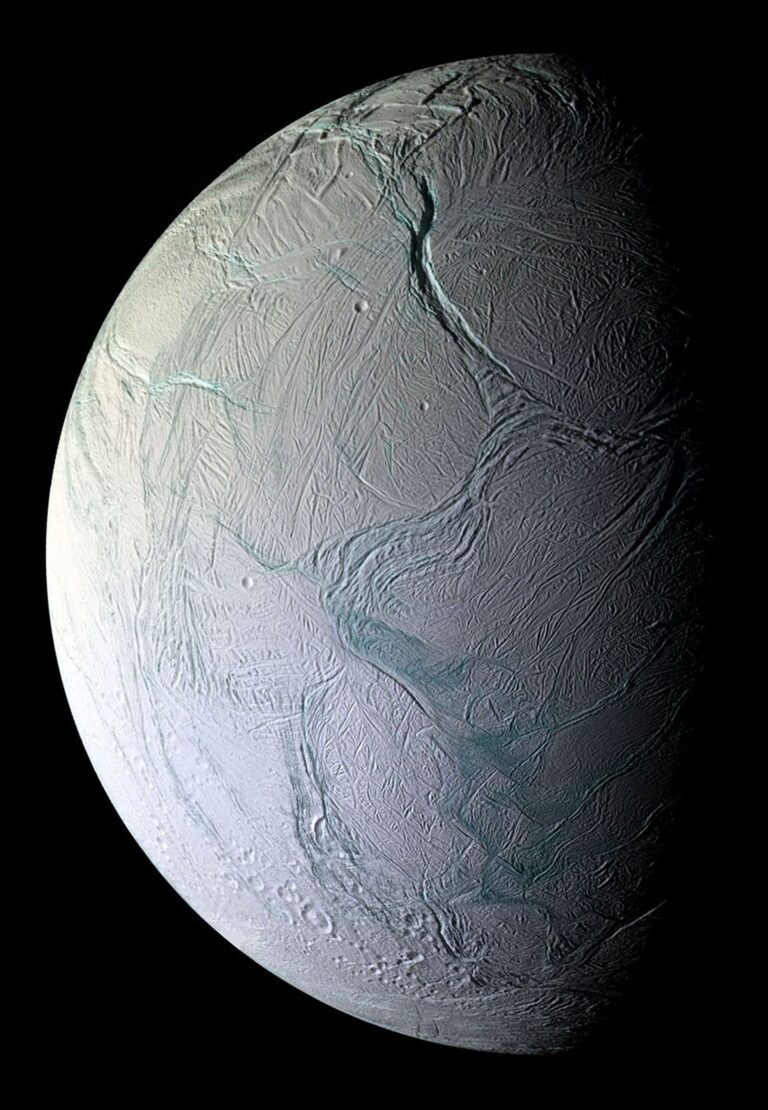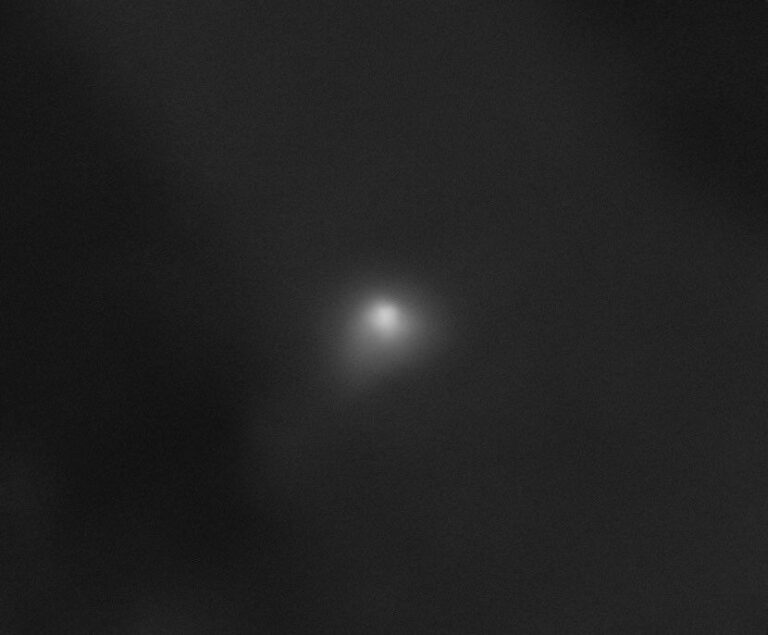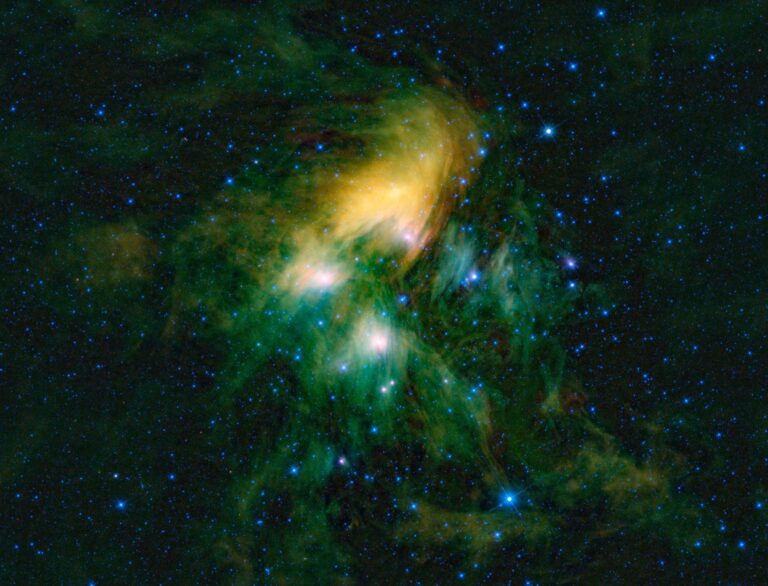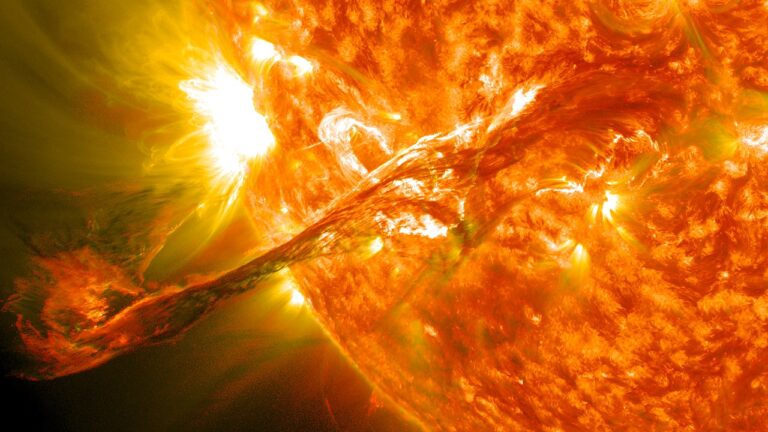Key Takeaways:
- New ultra-deep imaging of elliptical galaxies NGC 680 and NGC 5557, obtained with the Canada-France-Hawaii Telescope's MegaCam, has revealed extremely extended and faint tidal streams spanning over 1.2 million light-years.
- The presence of these ephemeral tidal streams indicates a relatively recent formation through the merger of two giant spiral galaxies, estimated to have occurred only 1 to 3 billion years ago.
- This revised age estimate directly challenges the standard model for massive elliptical galaxy formation, which typically infers an age of 7 to 10 billion years based on stellar population analysis.
- Should these faint extended features be frequently detected across the larger Atlas3D survey sample of nearby elliptical galaxies, a significant re-evaluation of the standard model for elliptical galaxy formation will be necessary.
The standard model for elliptical galaxy formation is challenged by a new result uncovered by an international team of astronomers from the Atlas3D collaboration. The first results from the group’s study on two elliptical galaxies exhibiting features characteristic of a fairly recent merger, suggest they are 5 times younger than commonly thought.
The accepted belief on the mass assembly history of massive elliptical galaxies based on their stellar population leads to an age between 7 and 10 billion years old. A different story is shaping up based on ultra-deep images of two galaxies observed with the MegaCam camera mounted on the Canada-France-Hawaii Telescope (CFHT).
The astronomers established that the formation of the two elliptical galaxies, NGC 680 and NGC 5557, originated from a merger of two giant spiral galaxies that took place only 1 to 3 billion years ago. The age estimate is based on the presence of ultra-faint filaments in the distant outskirts of the galaxies. These features called tidal streams are typical residuals from a galaxy merger. They are known not to survive in this shape and brightness for more than a few billion years, hence the new age estimate of the resulting elliptical galaxies. These structures were detected for the first time thanks to an imaging technique boosting the capabilities of CFHT’s wide-field optical imager MegaCam.
The Atlas3D team conducts a systematic survey of more than 100 nearby elliptical galaxies. If the current result based on the first two galaxies is confirmed on the larger sample, i.e. if faint extended features are frequently detected, the standard model for elliptical galaxies formation should be revisited.

